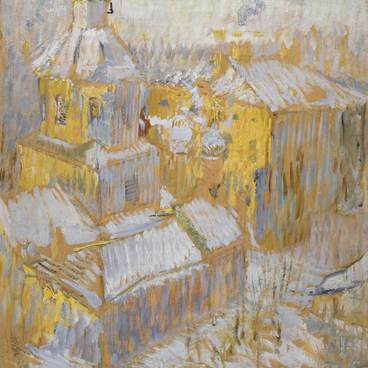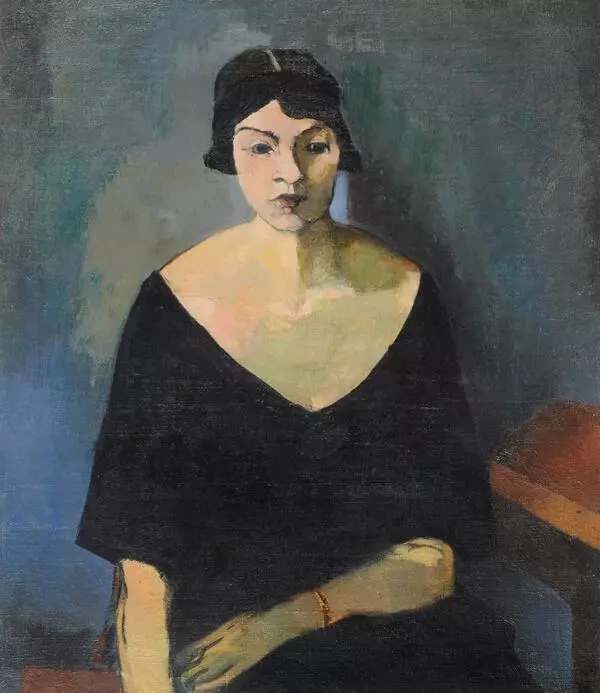Konstantin Istomin may not be well-known to the general public, but he is highly regarded by painters of various generations and considered an “artist for artists.” He received his first professional painting lessons in Kharkov at the school of Schreider who influenced the artist’s early artistic motto, “The Barbizon School, not the Wanderers.” Istomin saw nature as a mystery that required a figurative solution rather than a narrative.
In 1906, Konstantin Istomin continued his artistic education at the private school of Simon Hollósy in Munich. It was Hollósy who became his main teacher and determined the direction of his work — searching for a new artistic language based on realistic traditions and pursuing the purity and luminescence of the color palette. According to Simon Hollósy, the shape of an object is revealed by a strong line and is modeled using contrasting colors. Another important influence on Konstantin Istomin was Vincent van Gogh. They were united by an analytical approach to nature, as well as an energetic, dynamic, and passionate painting manner.
The Russian painter was greatly inspired by the
posthumous van Gogh exhibition that was held in Munich in 1908. Konstantin
Istomin said,




